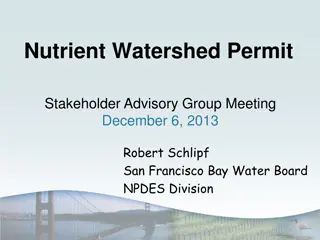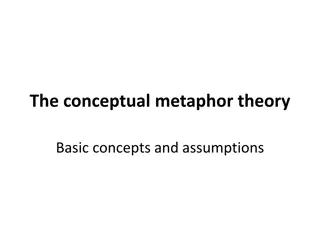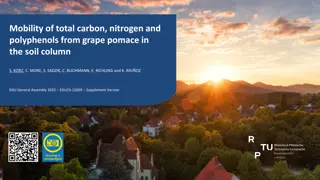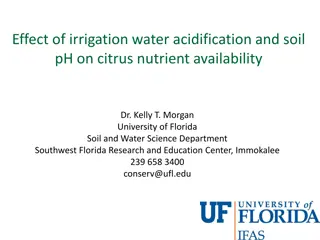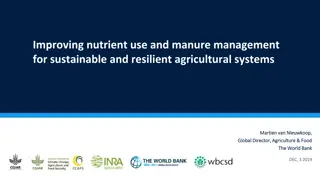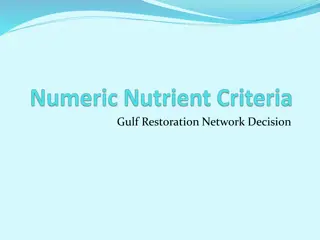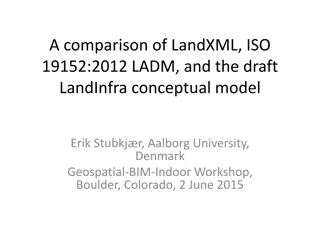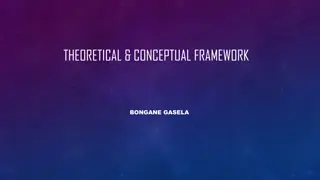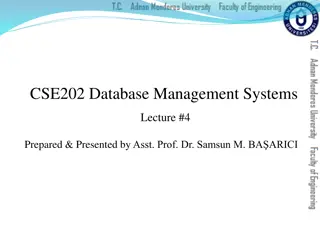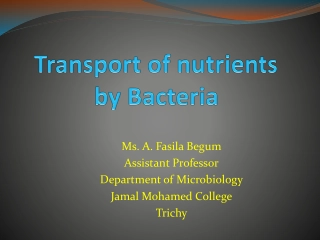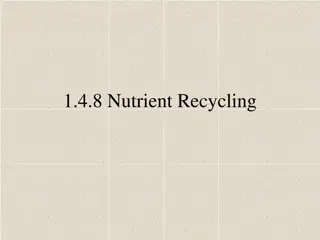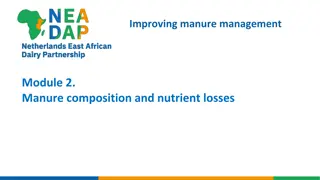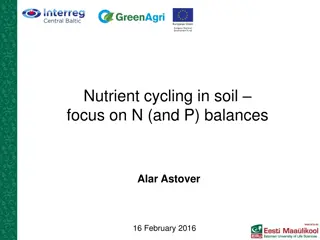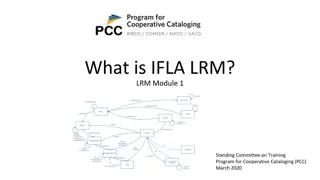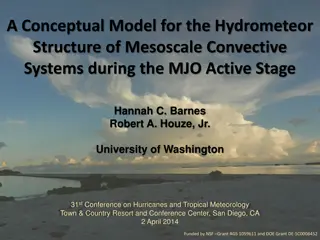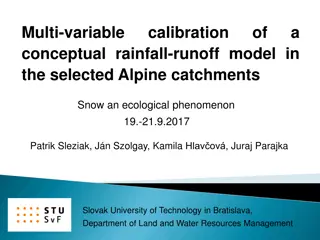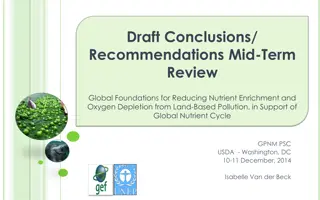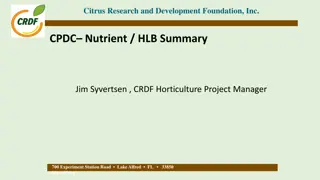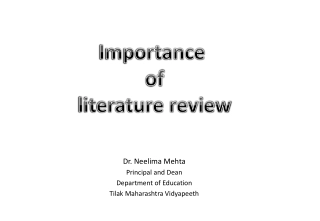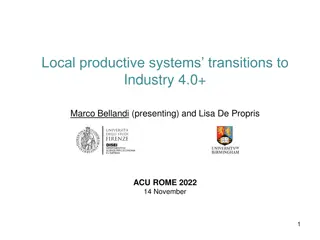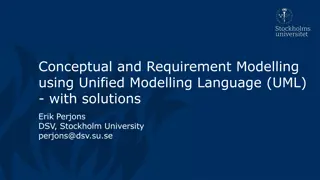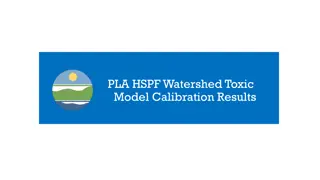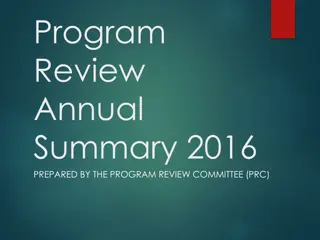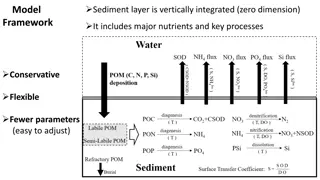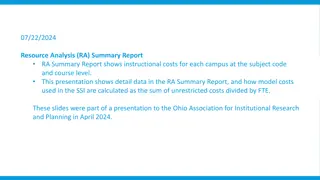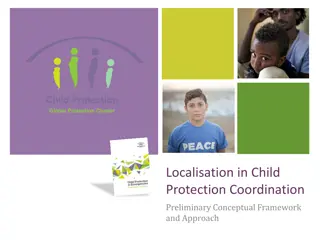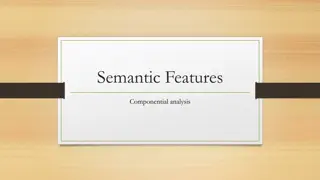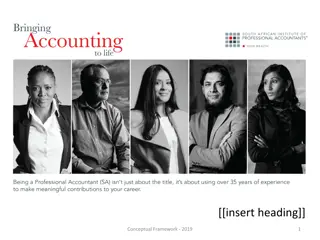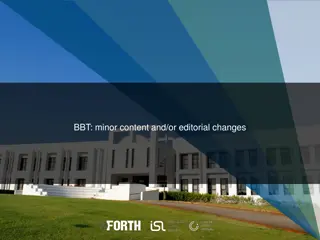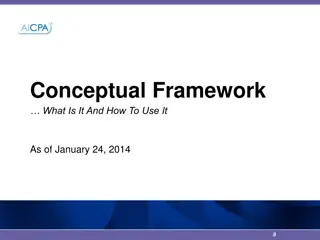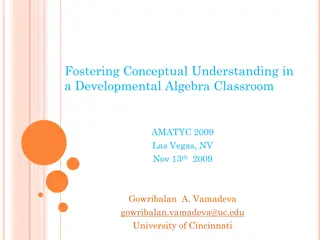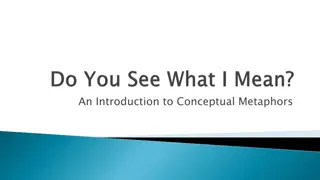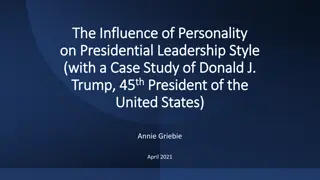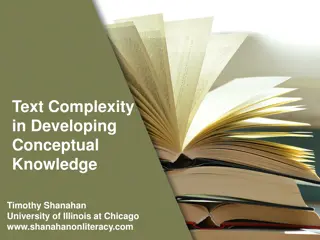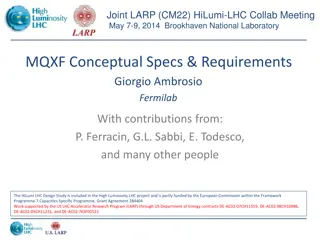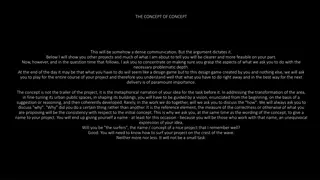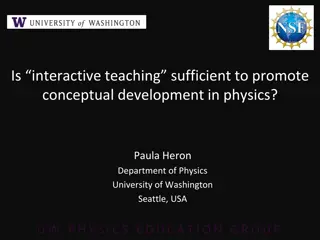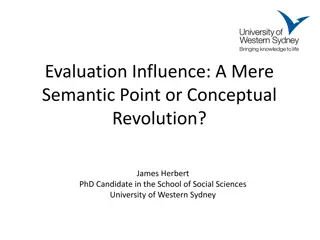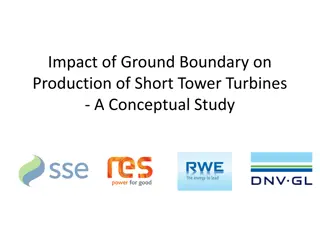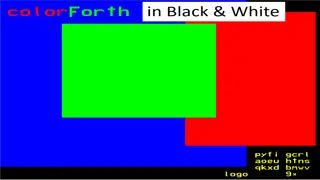Nutrient Conceptual Model Review Summary
Comments and feedback on a Nutrient Conceptual Model report include suggestions to address issues related to eutrophication concepts, nutrient stoichiometry, community composition, and nutrient reduction goals. Recommendations also focus on incorporating flushing/residence time discussions, predicting eutrophication course, and developing a clear 10-year plan with phased objectives. Various stakeholders highlight the need for a comprehensive approach towards nutrient management in the SFB region, emphasizing the importance of long-term strategies and learning from other estuaries' experiences.
Download Presentation

Please find below an Image/Link to download the presentation.
The content on the website is provided AS IS for your information and personal use only. It may not be sold, licensed, or shared on other websites without obtaining consent from the author. Download presentation by click this link. If you encounter any issues during the download, it is possible that the publisher has removed the file from their server.
E N D
Presentation Transcript
1.Work Products Update a. Conceptual Model Report b. Suisun Synthesis I c. Loading Study 2.Science Plan David Senn and Emily Novick davids@sfei.org 12/6/13 1 Image: C. Benton
Work Products Draft Final Spring 2011 Sep 2011 NNE Literature Review Mar 2012 Nov 2012 Nutrient Strategy * * * Apr 2013 Dec 2013 Conceptual Model Nov 2012 Dec 2013 Suisun Synthesis I Apr 2013 Dec 2013 Loading Study Oct 2013 Oct 2013 Yr.1 Effluent Characterization Nov 2013 Dec 2013 GG exchange conceptual model Jan 2014 Mar 2014 Lower South Bay Synthesis Jul 2014 Sep 2014 Suisun Synthesis II May 2014 Q1 2014 Science Plan v.1, v.2 Aug 2013 Dec 2013 Modeling Program Development Plan Jan 2014 Feb 2014 Modeling Workplan Oct 2013 DO in South Bay and LSB margins May 2013 Assessment Framework report #1 Q2/Q3 2014 Assessment Framework report #2 Mar 2013 Monitoring Program Development Plan 12/6/13 2
Nutrient Conceptual Model Comments received: RMP Technical Review Committee (Tom Hall, EOA) SacRegional CSD State and Federal Contractors Water Agency (SFCWA) City of Sunnyvale
Comments Subset: Conceptual Model 1. The report focuses too much on the classic eutrophication concept, not on the impacts of elevated NH4 of altered N:P ratios a. Insufficient treatment of relevant literature (ammonium inhibition of nitrate uptake by phytoplankton and the potential role of nutrient stoichiometry in shaping community composition) 2. Need to clarify when issues being discussed apply to SFB as a whole, or to certain subembayments 3. Light-limitation paradigm based on modeled not measured data 4. No discussion of how much nutrient concentrations need to reduce to be nutrient limiting
Comments Subset: Conceptual Model 5. Shouldn t suggest that SFB is not currently impaired by nutrients, or has been resistant in previous decades has been experiencing more subtle, though perhaps no less serious, symptoms of over-enrichment for decades. 6. Incorporate flushing/residence time into discussions of phytoplankton biomass, particularly when comparing to other estuaries 7. The report should discuss the challenges in trying to predict the course of eutrophication, and recovery, with examples of how other estuaries have responded to decreased N loads 8. The report should lay out a 10-yr plan with phased objectives and checkpoints and clearly-defined goal. 9. Too many very high priority study areas
Suisun Synthesis I Comments received: San Jose Wastewater Treatment Plant / BACWA (Jim Ervin) Central Valley Regional Water Quality Control board (Chris Foe) SFCWA SacRegional CSD CCCSD
Suisun Synthesis I 1. Does not adequately describe the role of advection of high-chl water from elsewhere on the standing stock of biomass in Suisun Bay 2. Insufficient treatment of other nutrient issues, such as N:P, high nutrients, and elevated ammonium on phytoplankton community composition 3. Should give a more balanced view of Teh copepod study. Both criticisms and defenses that are not cited 4. Zooplankton section is copepod-centric (include mysids, etc.)
External Nutrient Loads Report Comments received: Central Valley Water Board (Chris Foe) SFCWA SFPUC
External Nutrient Loads Report 1. Delta loads methods Stations used in calculating Delta loads are too far upstream from Suisun Bay (10-30km) what transformations could occur in this time? Are we adequately capturing flood event loads if monitoring rarely occurs during these times? Report should have more balanced language regarding potential impacts of nutrients on phytoplankton community composition Report does not include all potential sources/sinks and does not assess their potential magnitude Specific comments related to load calculations from individual POTWs 2. 3. 4.


